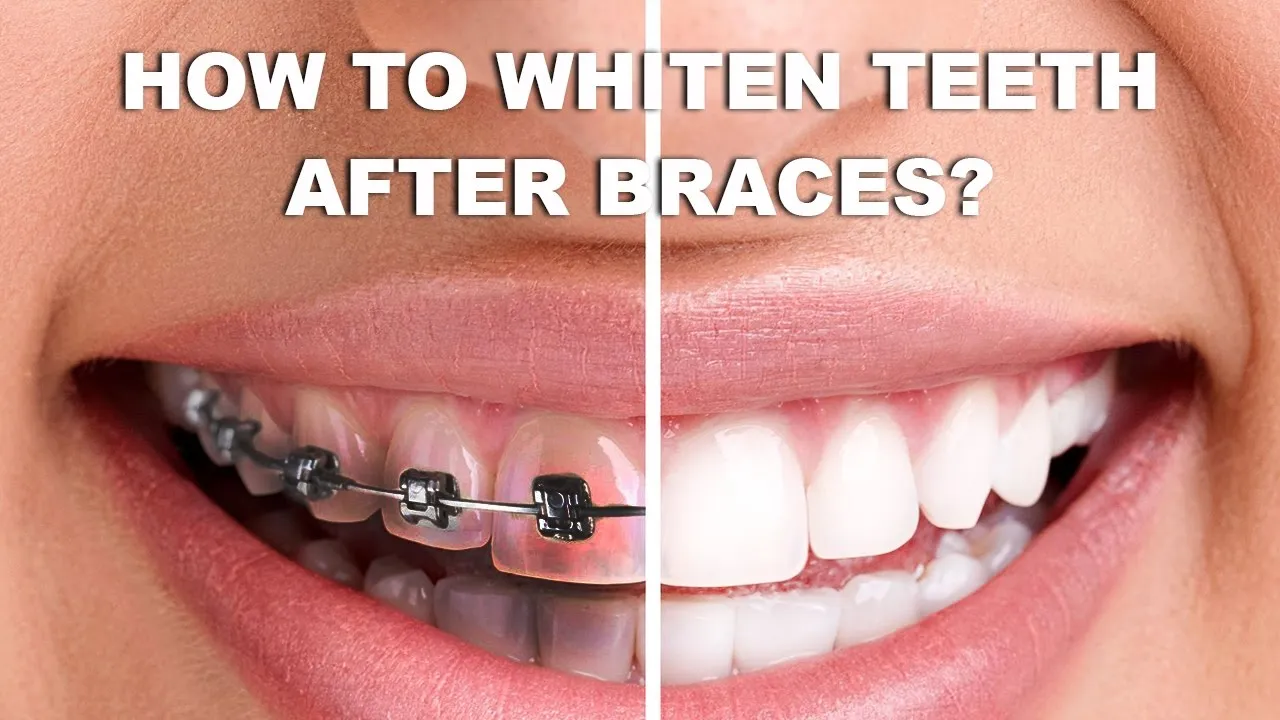Achieving a brighter smile is a common goal for many, and it becomes even more pertinent for those undergoing orthodontic treatment with braces. However, teeth whitening while wearing braces presents unique challenges. This comprehensive guide explores five effective methods for teeth whitening with braces at home. We’ll delve into the intricacies of each approach, providing practical tips and essential considerations to help you achieve a dazzling smile while straightening your teeth.
Understanding Teeth Whitening with Braces
Teeth whitening aims to remove stains and discoloration from the enamel, the outermost layer of the tooth. This can be achieved through various methods, from professional treatments to at-home remedies. When it comes to braces, the process becomes more complex because the brackets and wires create barriers, making it difficult for whitening agents to reach all surfaces of the teeth. It’s crucial to understand these limitations to set realistic expectations and choose the most appropriate methods.
Challenges of Teeth Whitening with Braces
Several challenges arise when whitening teeth with braces. The brackets attached to the teeth prevent even distribution of whitening agents. This can lead to uneven whitening, where the areas covered by the brackets appear less bright than the surrounding tooth surface. Furthermore, food particles and plaque can accumulate around the brackets, potentially causing staining and hindering the whitening process. Proper oral hygiene becomes paramount to mitigate these challenges.
Why Braces Make Whitening Tricky
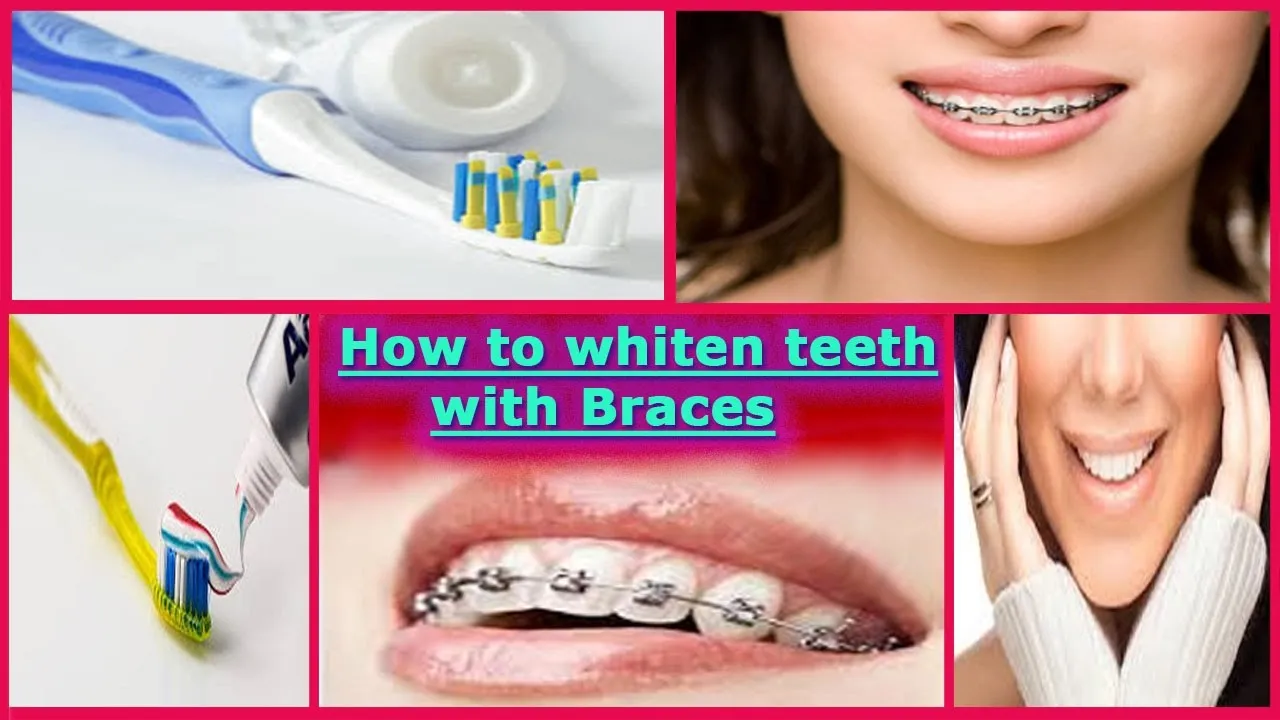
Braces themselves create physical obstacles to effective whitening. The brackets shield a portion of the tooth surface, preventing whitening agents from fully penetrating the enamel. This can result in a ‘halo’ effect, where the teeth appear whiter around the brackets but darker underneath. Moreover, the adhesive used to bond the brackets can also impede the whitening process. Therefore, patience and a strategic approach are essential when whitening teeth with braces. Remember to consult with your orthodontist or dentist before starting any whitening treatments.
Top 5 Teeth Whitening Methods with Braces at Home
While professional teeth whitening remains the most effective option, several at-home methods can help maintain and enhance the brightness of your smile while wearing braces. The following methods, when used correctly, can contribute to a whiter smile. However, consistency and patience are key. Always consult your dentist before trying any new teeth whitening treatment.
Method 1 Whitening Toothpaste for Braces
Whitening toothpastes often contain mild abrasives or chemical agents that help remove surface stains. While they may not dramatically change the color of your teeth, they can help maintain brightness. It is important to select the right whitening toothpaste that is safe for braces wearers. Avoid those with excessive abrasives, as these can potentially damage the enamel or cause sensitivity. Regular use, coupled with proper brushing technique, can contribute to a cleaner and brighter smile.
Choosing the Right Whitening Toothpaste
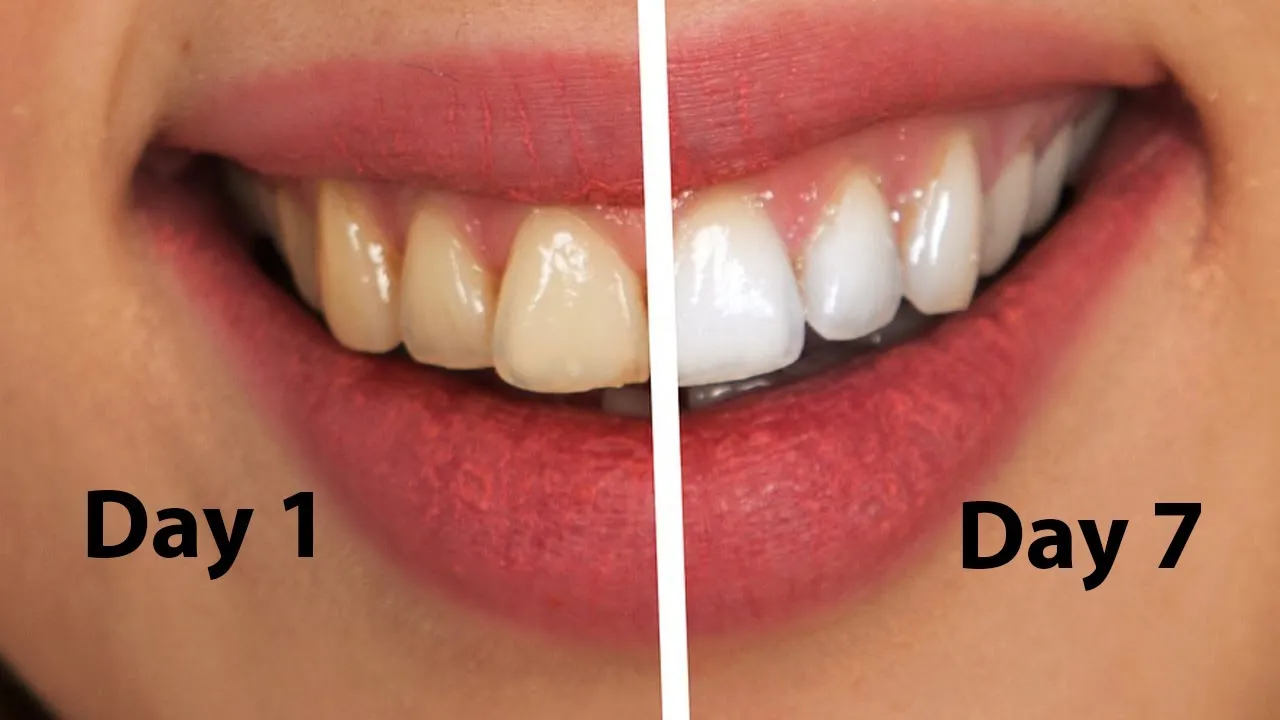
When selecting a whitening toothpaste, look for products containing ingredients like hydrogen peroxide or baking soda, which are effective stain removers. Opt for toothpastes with a low Relative Dentin Abrasivity (RDA) value to minimize enamel damage. Avoid toothpastes with harsh chemicals or excessive abrasives that could potentially scratch the enamel or irritate the gums. Check with your dentist for specific brand recommendations that suit your braces and oral health needs.
How to Use Whitening Toothpaste Effectively
To use whitening toothpaste effectively, brush your teeth twice daily for two minutes each time. Ensure you reach all surfaces of your teeth, including those around the brackets. Use a soft-bristled toothbrush to avoid damaging your braces or gums. Consider using an electric toothbrush, which can enhance the cleaning process. After brushing, rinse thoroughly with water, and consider using an anti-plaque mouthwash to further enhance oral hygiene.
Method 2 Over the Counter Whitening Products
Over-the-counter whitening products, such as whitening strips and gels, can be used with some caution. However, the presence of braces can affect their effectiveness. It is very important to consider these products and consult with your orthodontist or dentist.
Whitening Strips for Braces Users
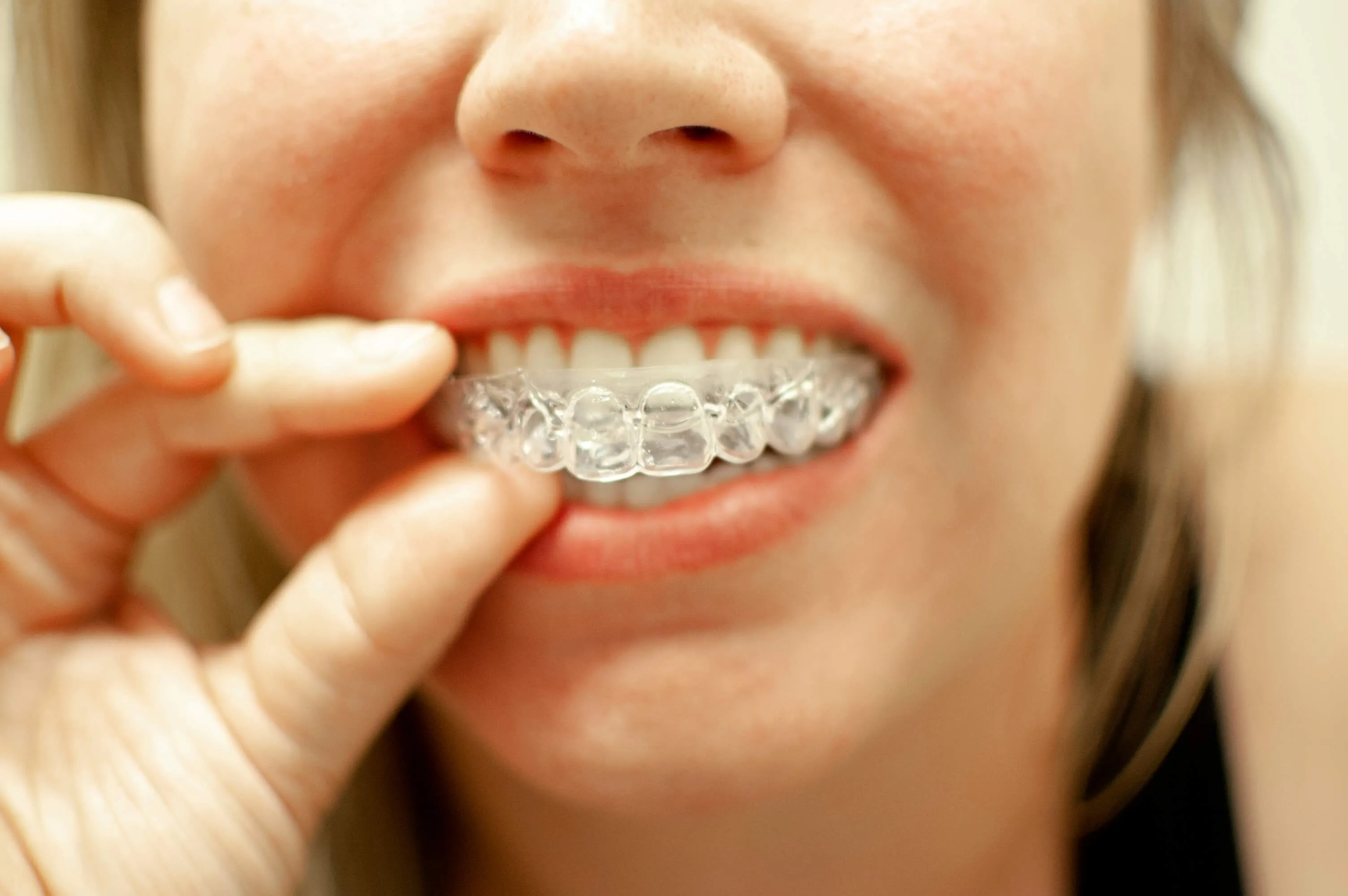
Whitening strips can be used cautiously, ensuring the strips make contact with the maximum tooth surface possible. Ensure the strips are trimmed around the brackets to allow maximum contact with the teeth. Be careful to avoid contact with the braces themselves, as the whitening agent can discolor them. Follow the product instructions, and do not overuse, as this can lead to increased tooth sensitivity. Always consult your orthodontist before starting use.
Whitening Gels Application Tips
Whitening gels can be applied using a custom tray or a brush. Custom trays can be made by a dentist. When using brush-on gels, make sure to apply the gel to the exposed tooth surfaces, avoiding contact with the brackets and gums. The key is to use a gel with a lower concentration of peroxide, if possible. Brush-on gels can provide a more even whitening effect than strips, but they can also be more difficult to apply precisely. Always follow product instructions and seek advice from your dentist. Remember that uneven whitening can happen.
Method 3 The Role of Oral Hygiene Practices
Excellent oral hygiene is essential for maintaining a bright and healthy smile, particularly when wearing braces. Effective brushing and flossing help to remove plaque and food particles that can stain teeth. Mouthwash also plays an important role in oral care.
Brushing and Flossing Techniques
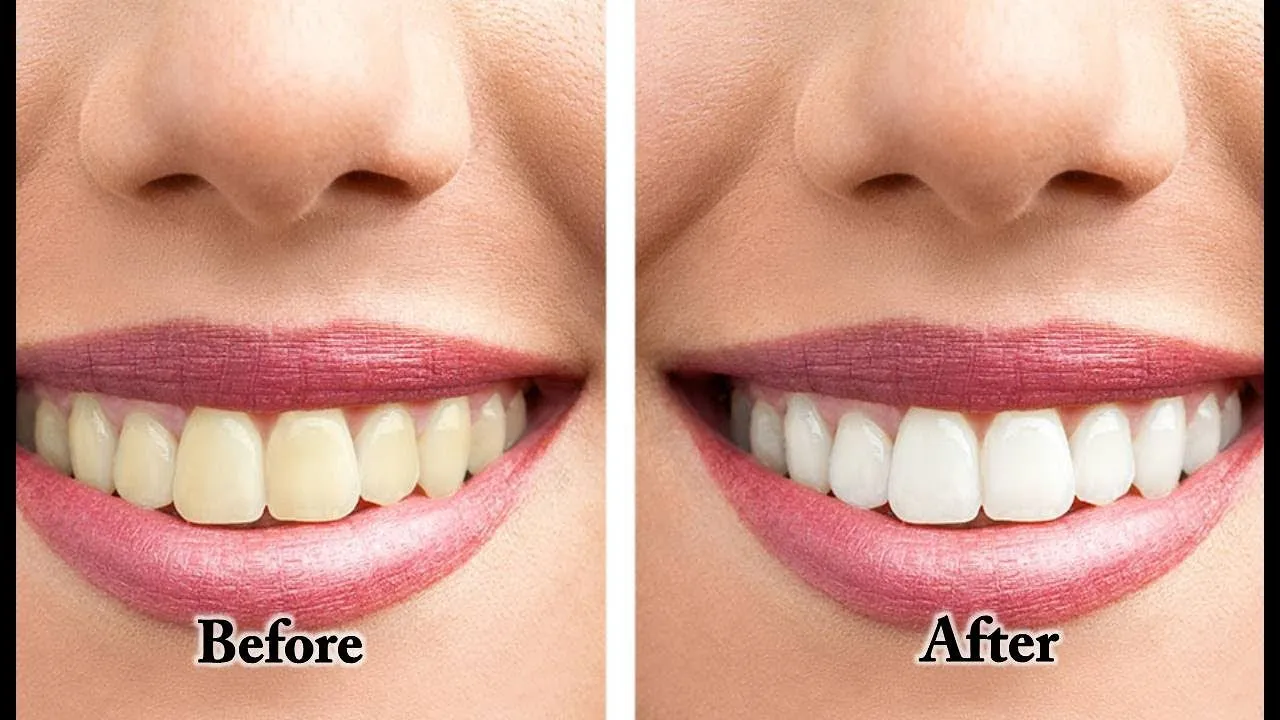
Brush your teeth at least twice a day for two minutes each time, using a soft-bristled toothbrush. Angle the brush at 45 degrees towards the gum line to ensure effective cleaning. Make sure to brush around the brackets and wires. Floss daily using floss threaders or interdental brushes to remove plaque and food particles from hard-to-reach areas. These tools help in cleaning between the teeth and around the braces, which can help to prevent stains and maintain a healthy smile. Remember to replace your toothbrush every three months, or sooner if the bristles become frayed.
Using Mouthwash to Enhance Whitening
Using an antiseptic or anti-plaque mouthwash can help to further enhance the whitening process. Mouthwash helps to rinse away debris and reduces the amount of bacteria. It can also help prevent staining by creating a protective barrier. Follow the instructions on the mouthwash bottle and rinse thoroughly after brushing and flossing. Ensure that the mouthwash does not contain excessive alcohol, as it can cause dryness.
Method 4 Natural Teeth Whitening Options
Some natural remedies can help to whiten teeth. However, it is important to note that their effectiveness can vary, and some methods may pose risks. It is always best to consult your dentist. Two common methods are the use of baking soda/hydrogen peroxide and oil pulling.
Baking Soda and Hydrogen Peroxide
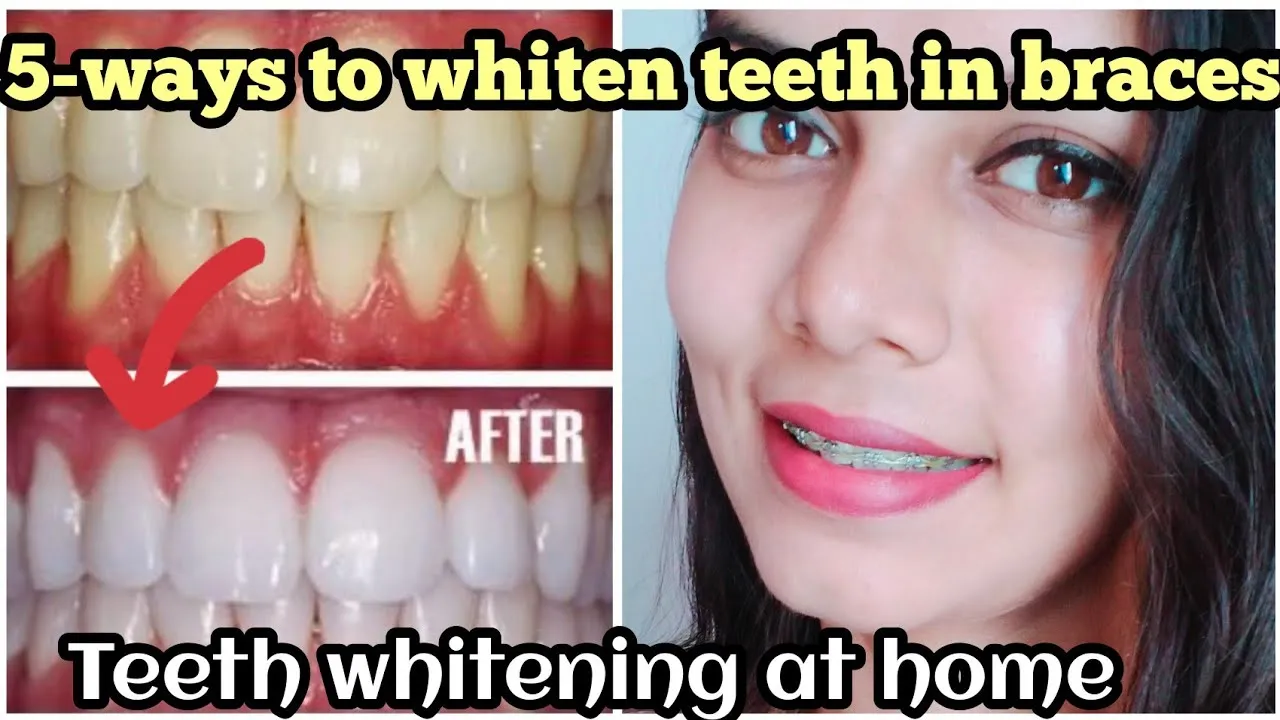
Baking soda is a mild abrasive that can help remove surface stains, and hydrogen peroxide has bleaching properties. Mix a small amount of baking soda with hydrogen peroxide to create a paste. Apply this paste to your teeth with a soft toothbrush. Use this mixture cautiously, no more than once or twice a week, as excessive use can damage the enamel. Rinse thoroughly after use. Remember, this method is not a substitute for professional treatments.
Oil Pulling Benefits
Oil pulling involves swishing oil (usually coconut oil) in your mouth for about 15-20 minutes. Some believe that it can help remove bacteria and improve oral health. While oil pulling might not directly whiten your teeth, it can contribute to a cleaner mouth. To perform oil pulling, swish one tablespoon of oil in your mouth, then spit it out and rinse your mouth thoroughly. Be sure not to swallow the oil. Oil pulling can be a supplementary practice, but it should not be considered a primary whitening method.
Method 5 Professional Whitening Consultations
The most effective way to whiten teeth is to consult with a dental professional. Your dentist or orthodontist can assess your specific needs and recommend a personalized whitening plan. They can offer professional whitening treatments, such as in-office bleaching, which can produce dramatic results.
When to Seek Professional Advice
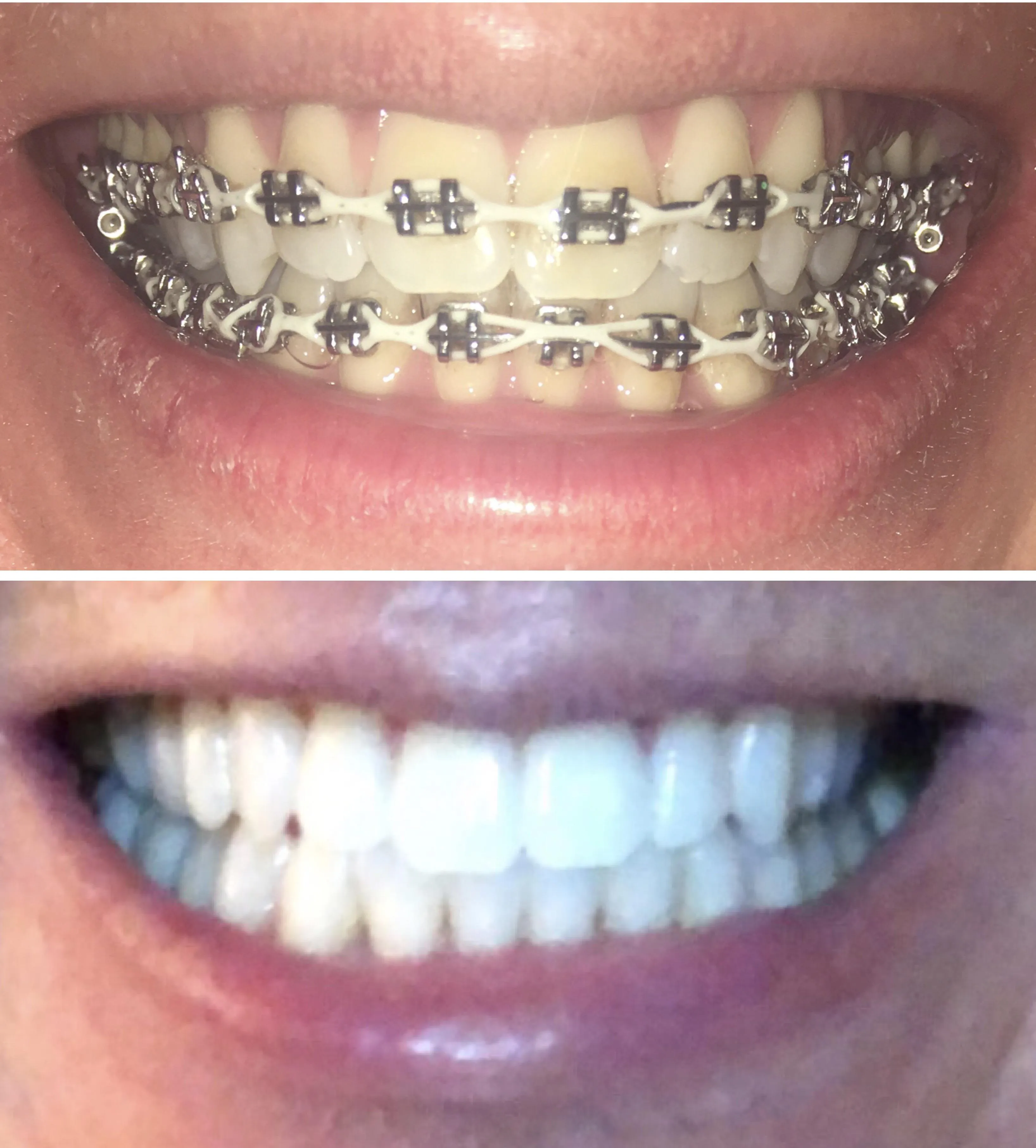
It is always best to seek professional advice before starting any teeth whitening treatment, especially with braces. Consult your dentist or orthodontist to discuss your options and ensure that the chosen method is safe and appropriate for your situation. They can assess your oral health, recommend suitable products or treatments, and monitor your progress. Moreover, they can help you avoid potential complications and achieve the best results.
Maintaining Results After Whitening
After whitening your teeth, whether at home or in a professional setting, it is essential to maintain the results. This can be done by following a rigorous oral hygiene routine. Regular brushing, flossing, and the use of mouthwash can help keep your teeth white. Limit the consumption of staining foods and beverages, such as coffee, tea, red wine, and berries. Consider touch-up treatments as recommended by your dentist. Regular dental check-ups and cleanings are also important to preserve your brighter smile.
In conclusion, achieving whiter teeth with braces requires a multi-faceted approach. Combining proper oral hygiene, the careful use of whitening products, and professional guidance maximizes the chances of success. By following the top 5 methods discussed above, you can improve your smile while undergoing orthodontic treatment. Remember to be patient, consistent, and consult with your dentist for a personalized treatment plan. With the right approach, you can achieve a brighter, more confident smile.
